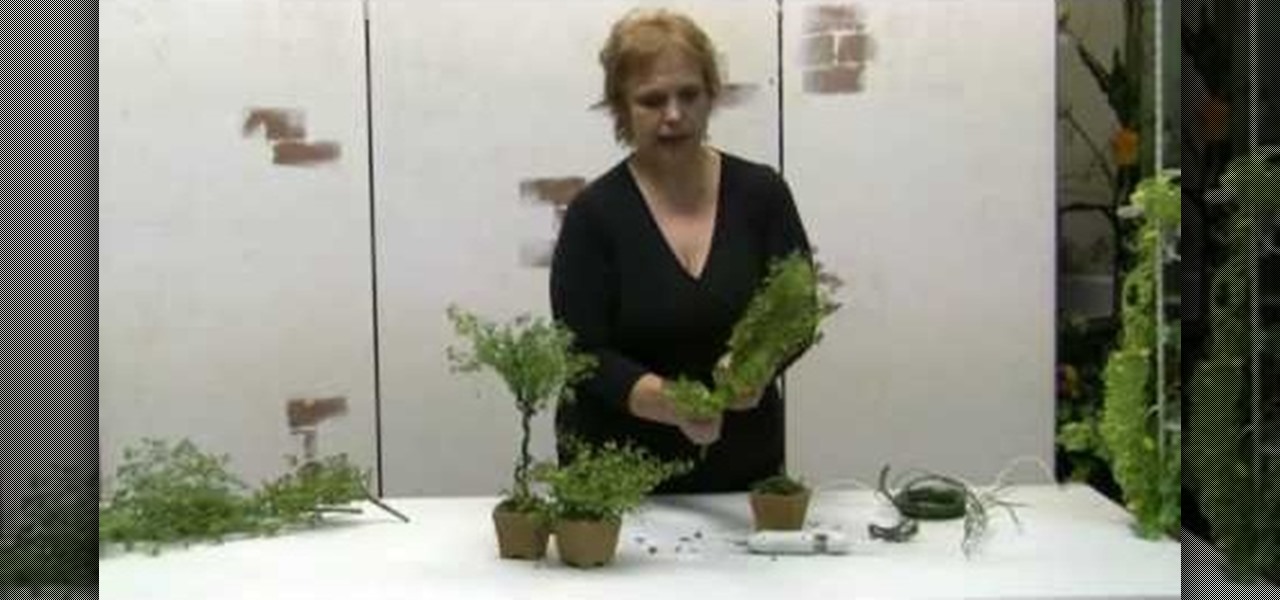
How To: Make an artifical decorative potted herb trio
The art of floral arrangement is a fun & valuable skill. Dana Plazyk lends useful tips and tricks on making simple flower arrangements.


The art of floral arrangement is a fun & valuable skill. Dana Plazyk lends useful tips and tricks on making simple flower arrangements.

Dave Wilson Nurseries, Ed Laivo shares ideas for growing blueberries in containers. You will need 1/3 acid based potting soil plus 1/3 peat moss plus 1/3 medium sized bark. For the best results, containerize your blueberry plants. We show you the proven way to do it.

Go ahead and celebrate your individuality—just don't announce to the office that you're a lazy nut-job. You will need: awareness, self restraint, plants, clock, a bowl of candy and personal momentos. Keep politics and religion out of the decor. Keep collectables at home. Interesting not: Plants indicate you are dedicated to your job.
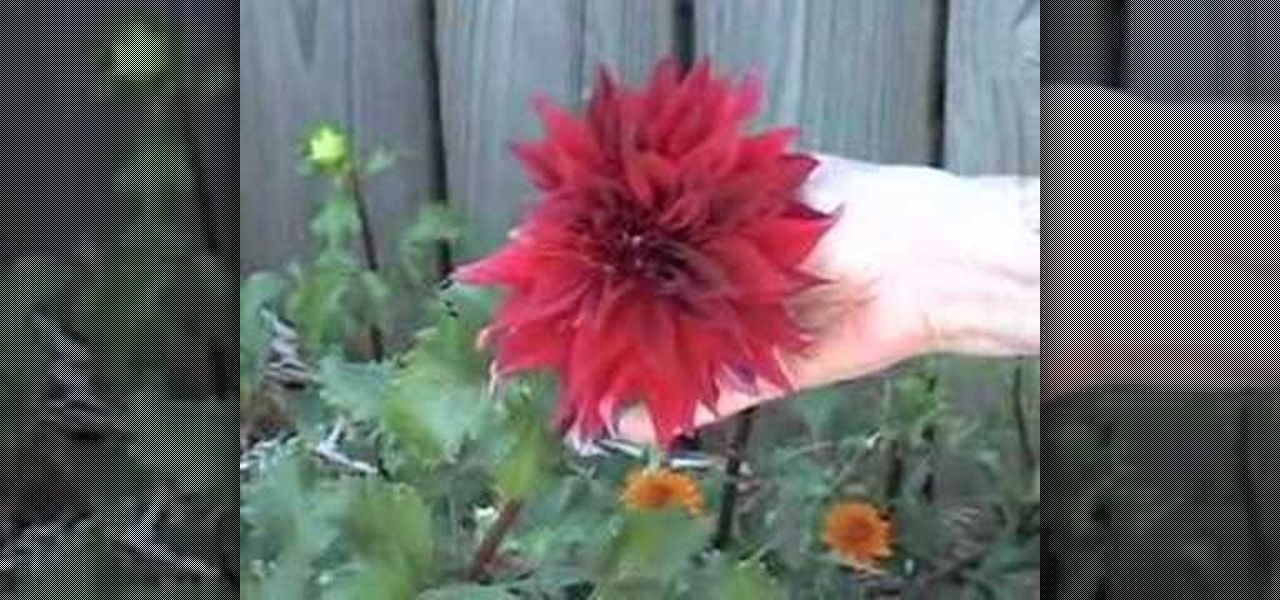
In this video tutorial, you'll find step-by-step instructions on how to remove an unwanted rose, or any other unwanted plant, without digging it out of the ground and without the use of pesticides. For full instructions, watch this garden how-to.

There are some pests in the garden that can be difficult to see, then there are others that are much more obvious, like these bagworms. Watch this how to video to learn how to rid your garden plants of this nasty pest.

Take a look at this instructional video and learn how to perform the foot plant to fakie trick on a ramp with a skateboard. Be sure to wear safety gear when attempting this skateboard trick.
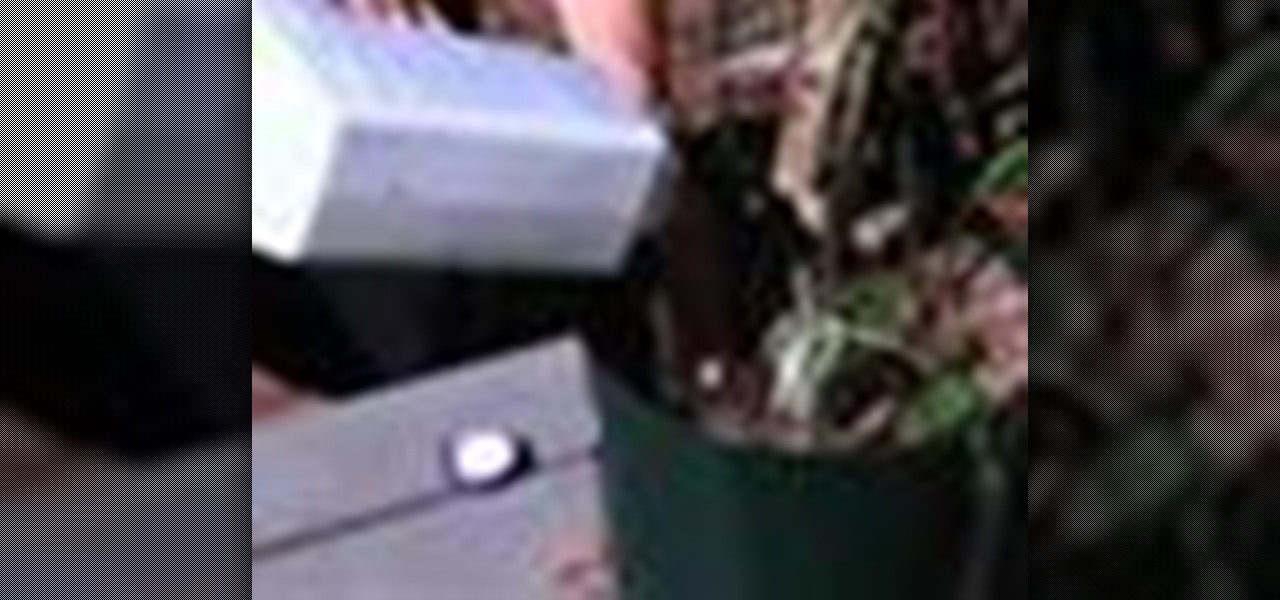
If you're like me, you put some or all of your houseplants outside for the summer. Now that fall is here, it's time to think about moving them back in for the long winter ahead. This how to video shows a few steps you can take to prepare your plants for indoor conditions. Following these easy steps should help ensure your plants winter over successfully, so you can get them outside again next spring.
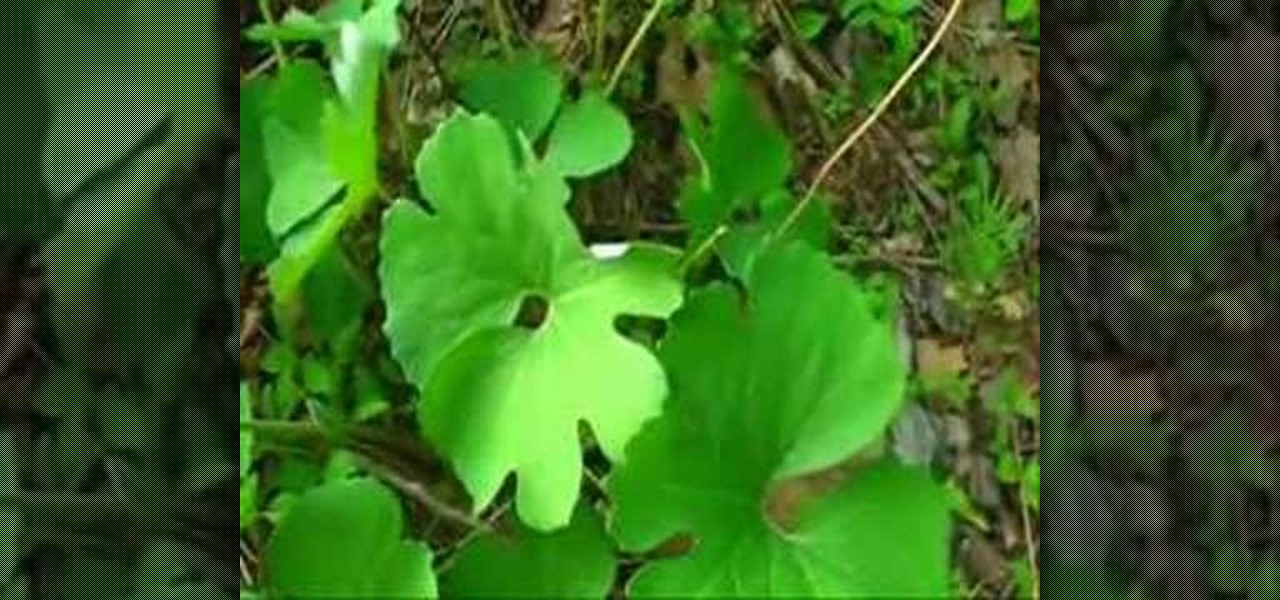
Learn how to identify and watch out for poisonous plants of the Eastern Woodlands, especially poison ivy, of course.
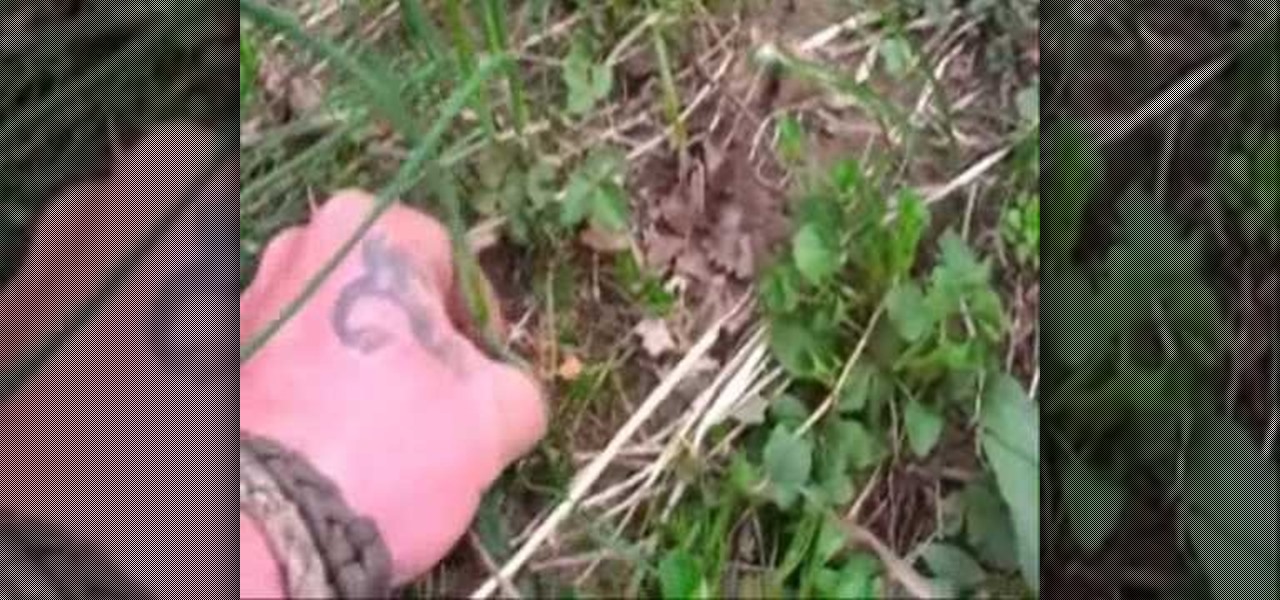
Check out this video to learn how to find and gather wild edibles and medicinal plants. First, learn how to identify the toothwort plant. If you don't already know how to recognize the wild lettuce plant, keep watching.

Watch to learn how to say the names of some plants, like chicory and artichoke, in French. For intermediate French speakers--no English translation.
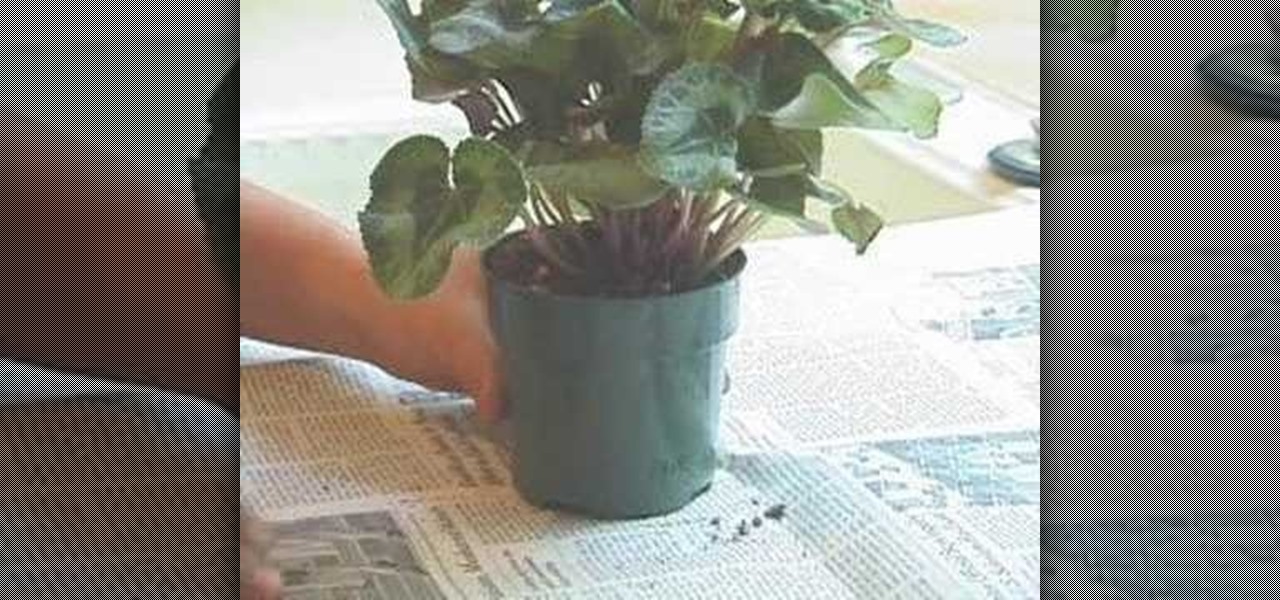
Indoor gnats, which are also known as fungus gnats, are not only annoying. Their larvae feed on plant stems and roots and can cause considerable damage to seedlings and small plants. Luckily, you can get rid of these obnoxious little pests without using harsh chemicals.

Learn how to plant tulip bulbs correctly and protect them from critters. A garden expert gives detailed instructions.

You won't believe what's the best tomato plant food! Watch this video to find out.
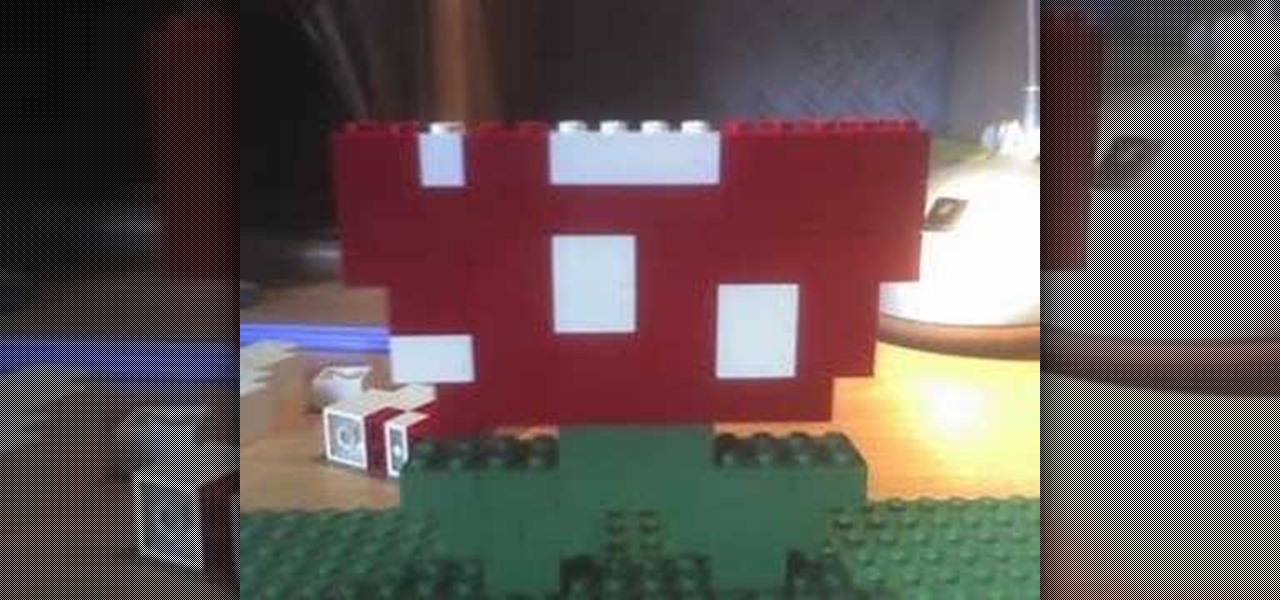
Learn how to build a piranha plant from Nintendo's Super Mario Bros. out of legos.
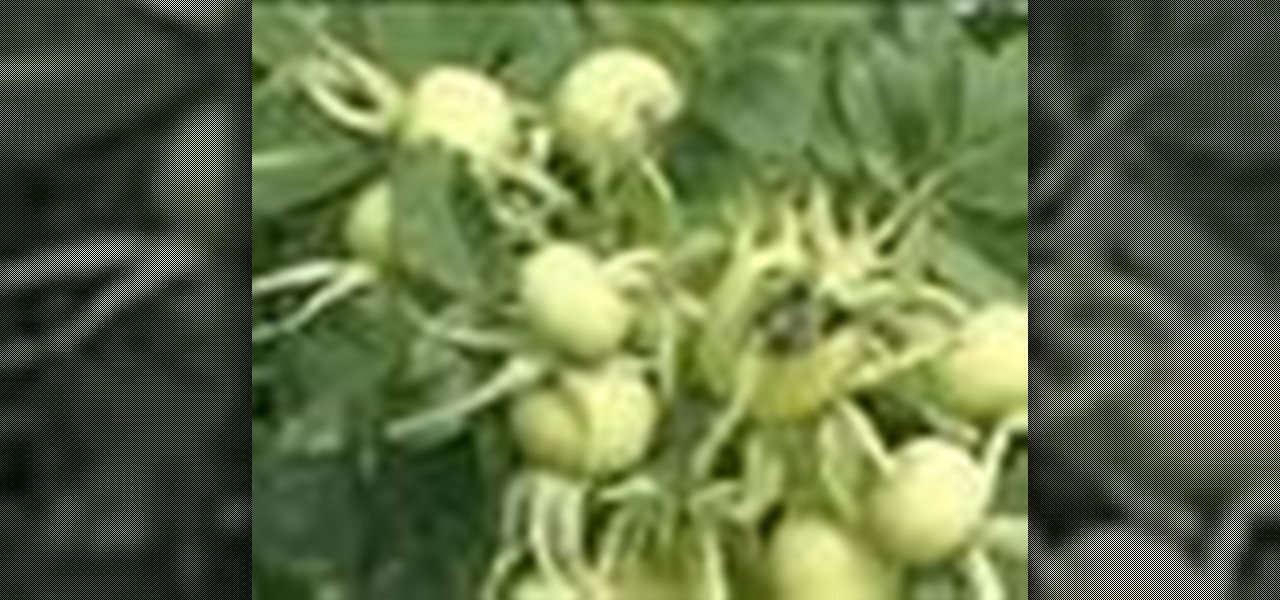
If looking for a way to make your garden interesting throughout the year don't just concentrate on the flowers, look at other parts of the plant. An example is a Rose bush. After the Roses are finished many have beautiful leaves. One plant has beautiful hips, large seeds pods. They add interest during the summer, then in the fall they'll turn a ruby red creating interest throughout the entire season. Consider the whole plant and its' characteristics during different seasons.

Rock gardens are a great way to add color and texture to your lawn. Learn how to build a rock garden in your yard. Common goal is to add interest to your yard. You will need rocks, top soil and plants. If you don't know what type of plants talk to your nurseyman at the garden center.
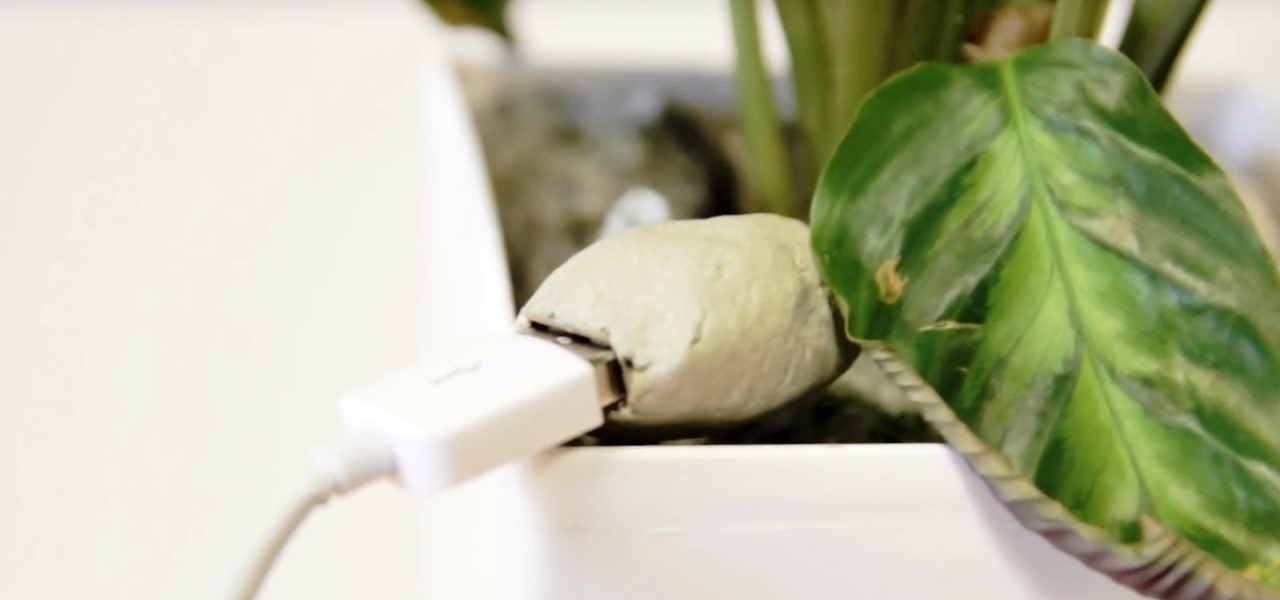
If you're a tech geek who cares about the environment, you probably concerned with your personal carbon footprint. You may feel like your love for gadgets is slowly contributing to the degradation of our planet, but tech is your life. And in this scenario, small changes matter.
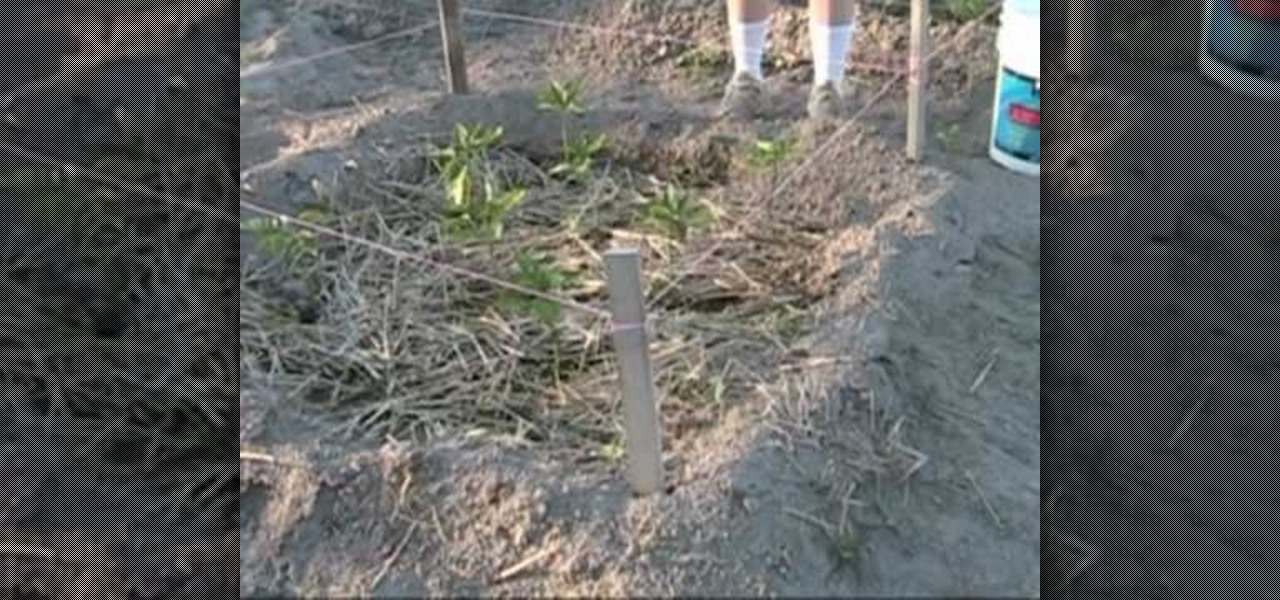
Are your plants dying? Are they in dire need of some fertilizer? Is your compost not cutting it anymore? Well, save your garden plants with this recipe for nitrogen rich manure tea fertilizer. It's a really easy all natural fertilizer anyone can make. You can collect manure in your pasture or buy it by the bag at a garden center. You can also reuse the manure over and over again. Keep chemicals out of your garden and go green!

This Survival Podcast teaches how to water seedings from the bottom up. After you have transfered your plants to new pots, preferably sterilized bins, you put holes in the bottom of the pots. If they are too high, the watering technique will not work. The plants in the pot are placed into a larger bucket. You just add water to the outter bin and allow the plants to "draw up" the moisture through the soil. You want to make sure not to add too much water or the plants will "over-draw". About on...

TheFlowergod teaches you how to design an Asian quince design for your home. You start with an empty vase for this flower arrangement. You will need four types of plants for this: one with lots of small leaves and no flowers, one with red or pink flowers, one with only one large leave and one with a long stem and only branches. For the design to work, you have to layer the plants according to length. Add the plant with the long leaves, then the one with lots of small ones. Below that make you...
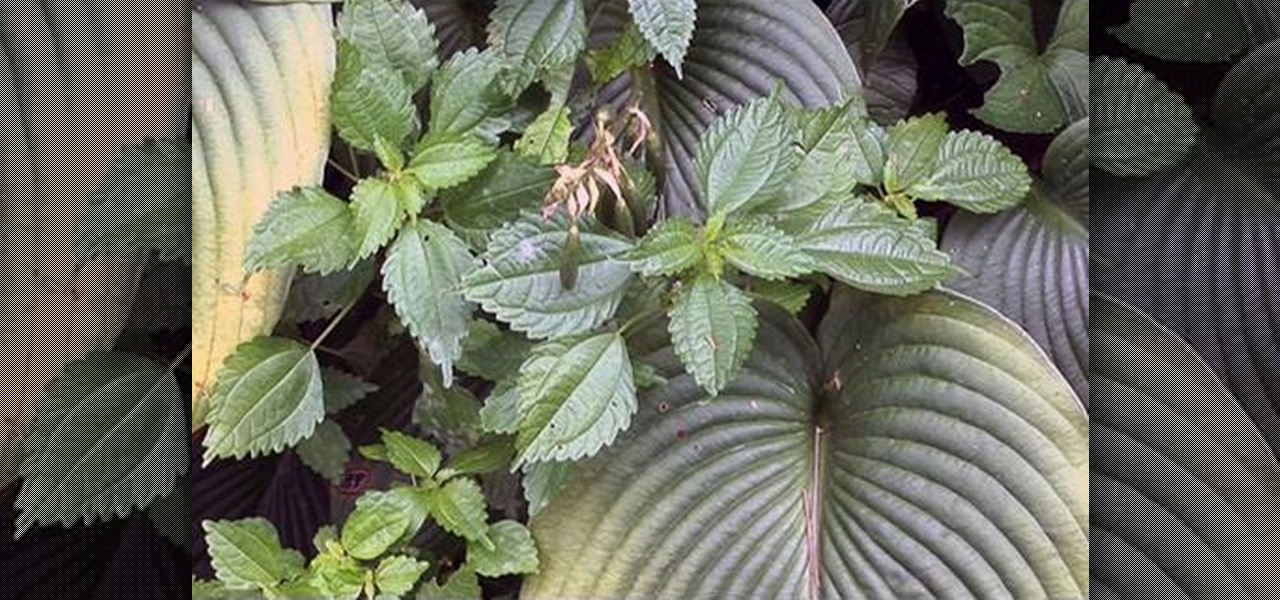
Clearweed is a member of the nettle family and it comes up all over the country. The easiest way to identify the plant is by the little white flowers that grow along its stem. There really isn't anything wrong with the plant but it is a weed that covers up other stuff in the garden. An interesting point about it is that it pollinates by the wind. So when the wind blows the seeds of the plant are blown about. You will typically find it growing in clusters because it is blown by the wind. Four ...
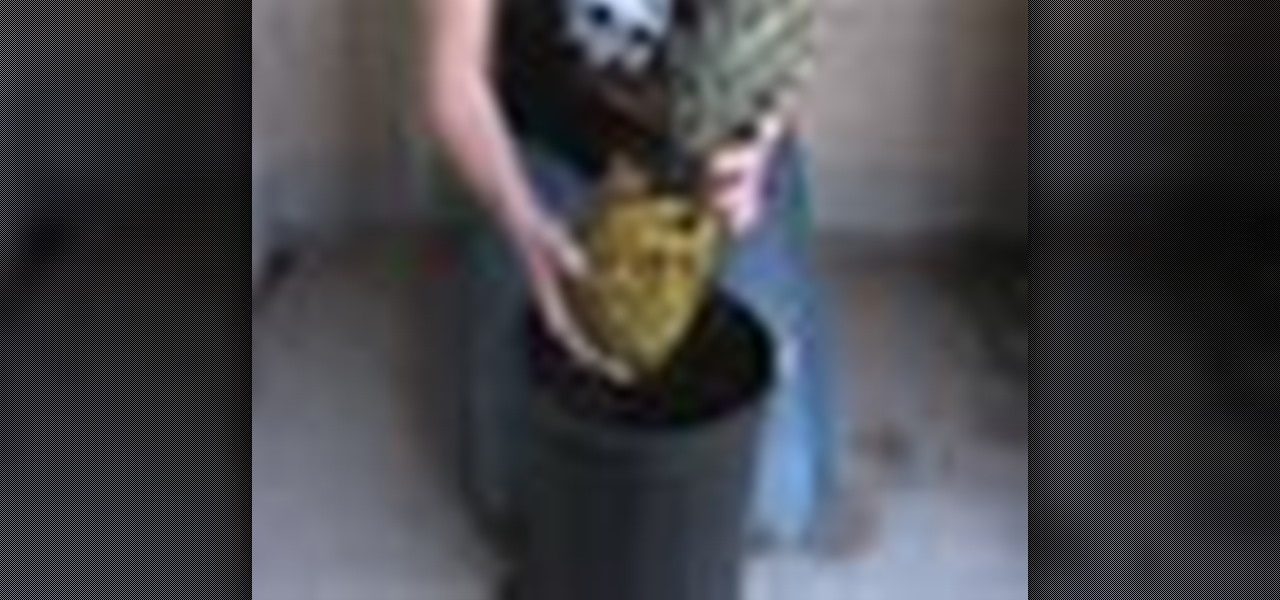
Growing a pineapple doesn’t take a lot of skill, but it does take a lot of patience—two to three years worth, to be exact. Learn how to grow your own pineapple at home with this video guide.
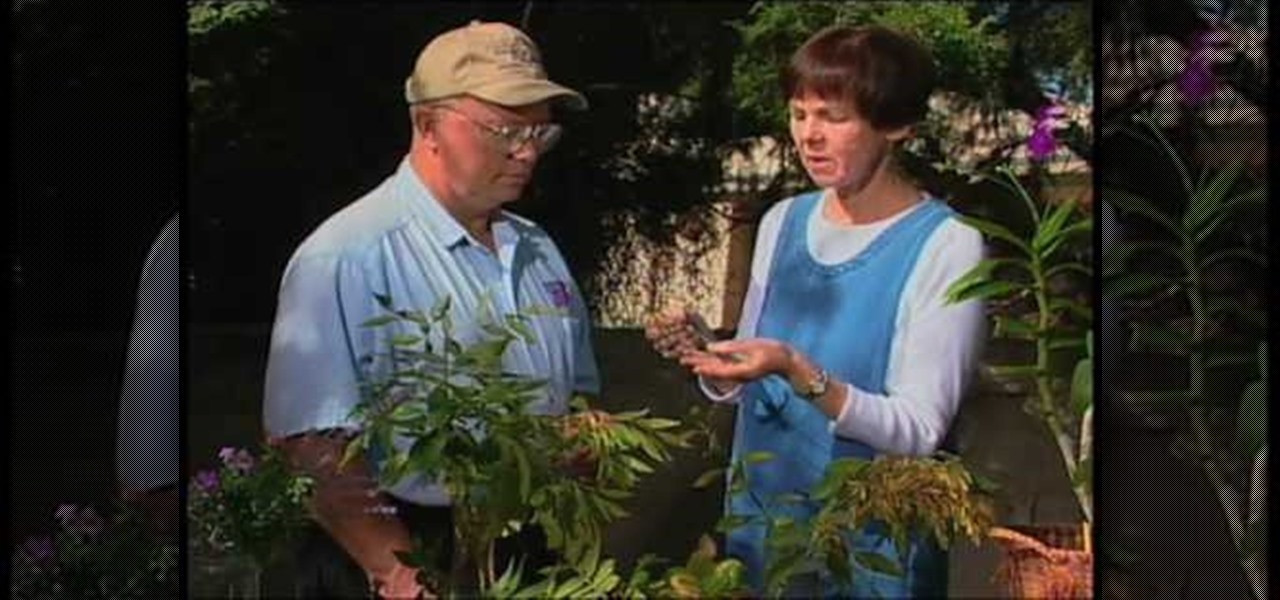
County expert John White determines how to solve some pesky plant problems for the area. The first problem - cutter bees on Crepe Myrtle - is an obvious one, with the deep curved "bites" showing on most of the leaves. He suggests using an insecticide but then points out the signs of a second problem - beetle damage. Crepe Myrtle is prone to beetle infestations and he advises to get out a flashlight and look for them at night when they are at their worst. A problem with heat scorching on Euony...
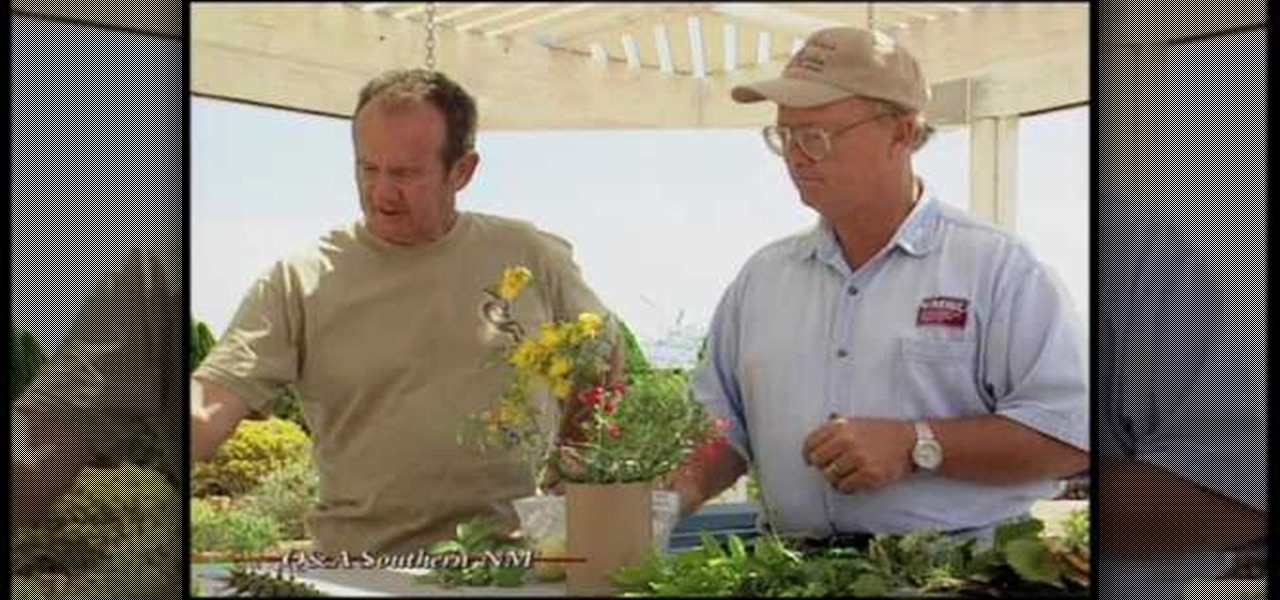
How to cure your tomato plant of the dreaded horn worm
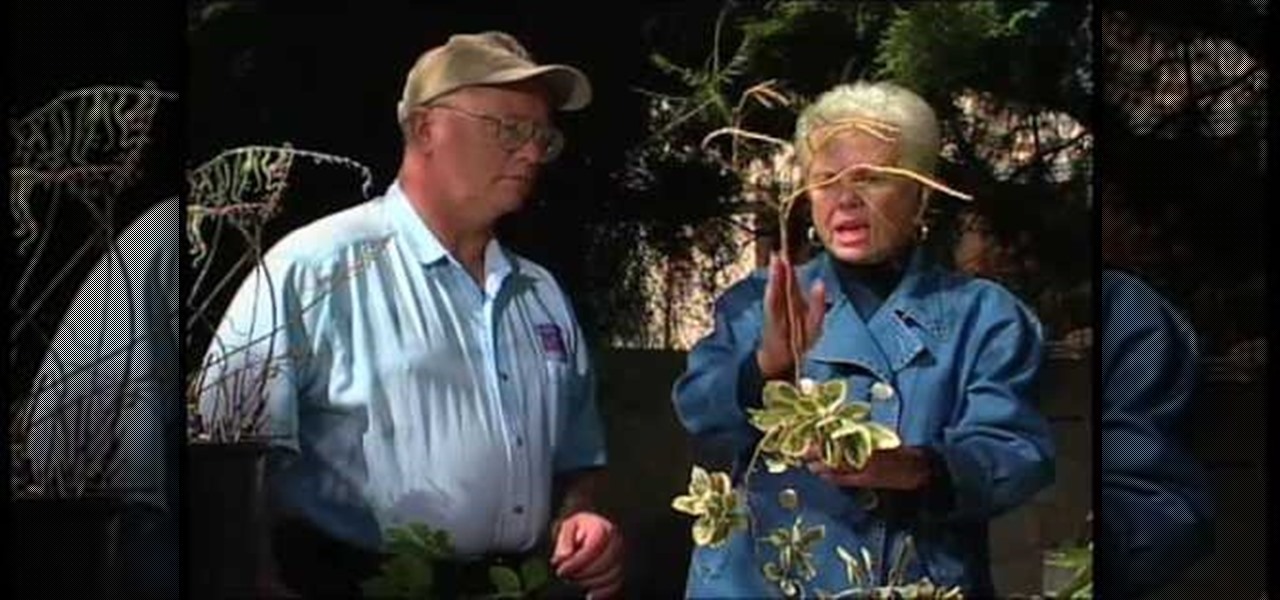
The video shows how to effectively be aware and get rid of possible webworms or aphids on your mesquites so they won't get damaged later. Here, John White invited Annete Peterson to show how to do so. She starts by informing from what she saw that many mesquites from her neighborhood have deformed leaves and mainly several of them have stripped branches at the tips of the trees. He explains that one of the problems is a webworm on the leaf of the mesquite, and it eats the leaves of the plant ...
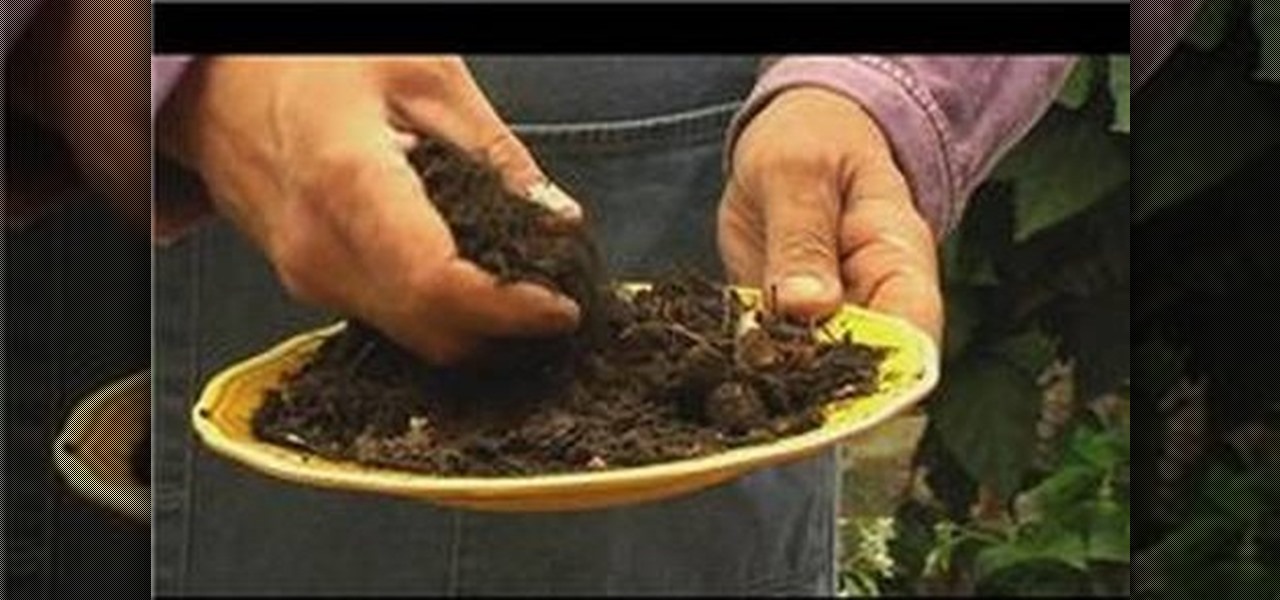
Organic fertilizer is based of natural occurring compounds instead of chemical based compounds. With healthy, natural soil, learn how your plants and the environment can thrive in this free gardening video series about how to use organic fertilizers on plants. The following clips illustrate:
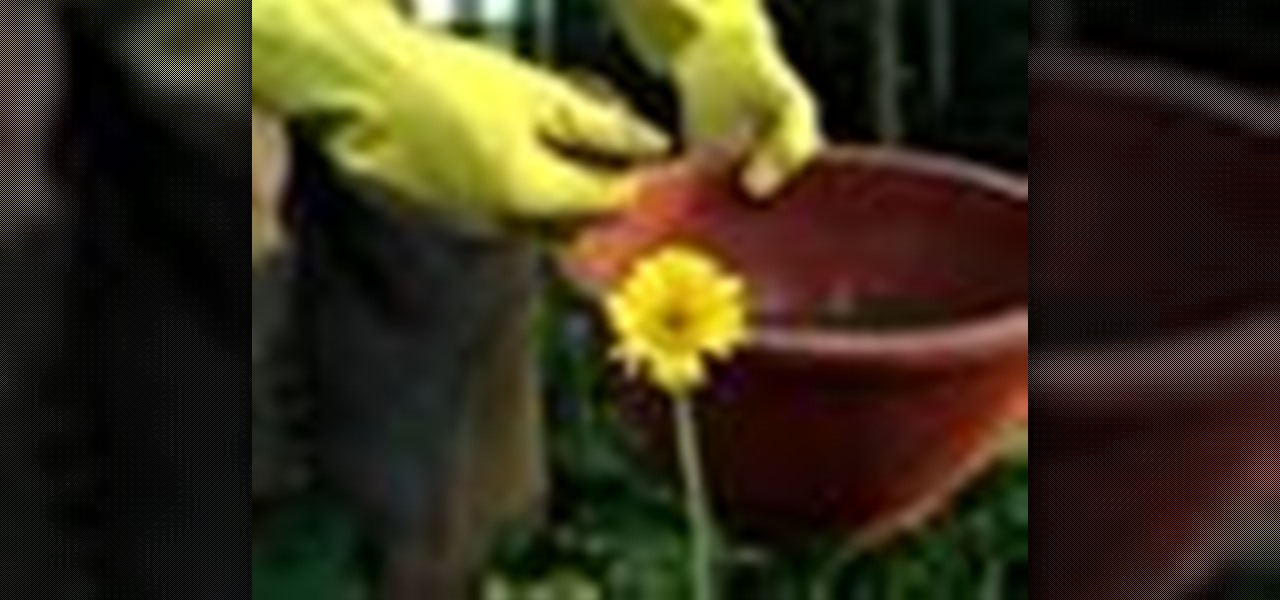
The one thing that can make your home garden flourish is by taking care of it and meeting the needs of your plants. One of those needs is great fertilizer. And the best fertilizer comes from the heart, not the store. Get great results in your garden by making your own fertilizer and compost at home.

In this how to video, you will learn how to grow pumpkins. First, you must pick an area with plenty of sunshine to place your seeds in. Make sure there is enough room for vine and pumpkin growth, and that the area will not freeze. Build a mound of dirt about three fit in diameter with compost and soil. Next, plant two seeds per mound. Plant them in the middle about 8 inches apart. Cover the seeds with an inch of soil. Give them plenty of water once you have planted them. The pumpkin vines gro...

How to prepare soil for a wildflower garden

In this video, Ruth Greenhouse teaches us how to process native plants for eating. The Mesquite desert plant is a great fuel as well as good for beans in the summer months. One way to use the beans is to pick the dry beans when they are ripe (they will be tan) and you can grind the pod into a fine powder, which will make a flour that is healthy. You can mix this flour with water and it can be a healthy beverage. It can also be added to cookies and breads to make them sweeter. Another plant is...
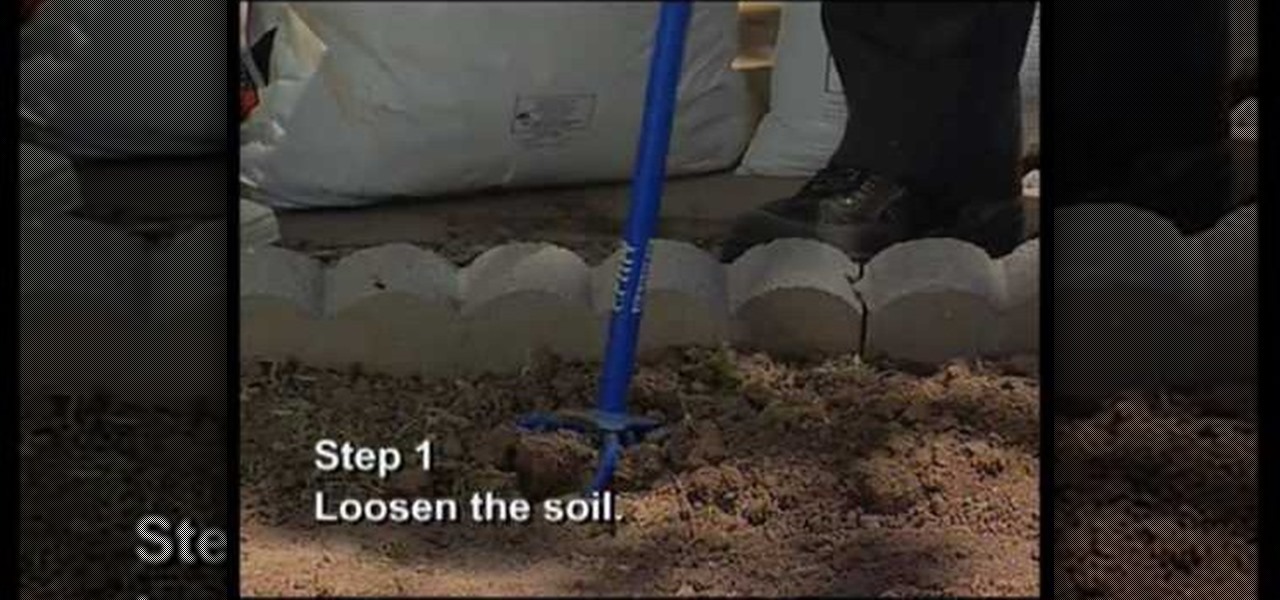
Southwest Yard and Garden shows viewers how to prepare the soil in order to plant Irises. You can see if your oil needs to be prepared because it would look like it need nutrients. Irises deplete the oil they are in so you need to restore their nutrients to the soil. First, you should get your soil tested to see what nutrient should be added to the soil. First loosen the soil. Next, add in the nutrients. Start with alfalfa pellets to add Nitrogen. Add a little bit of sand to loosen soil - don...
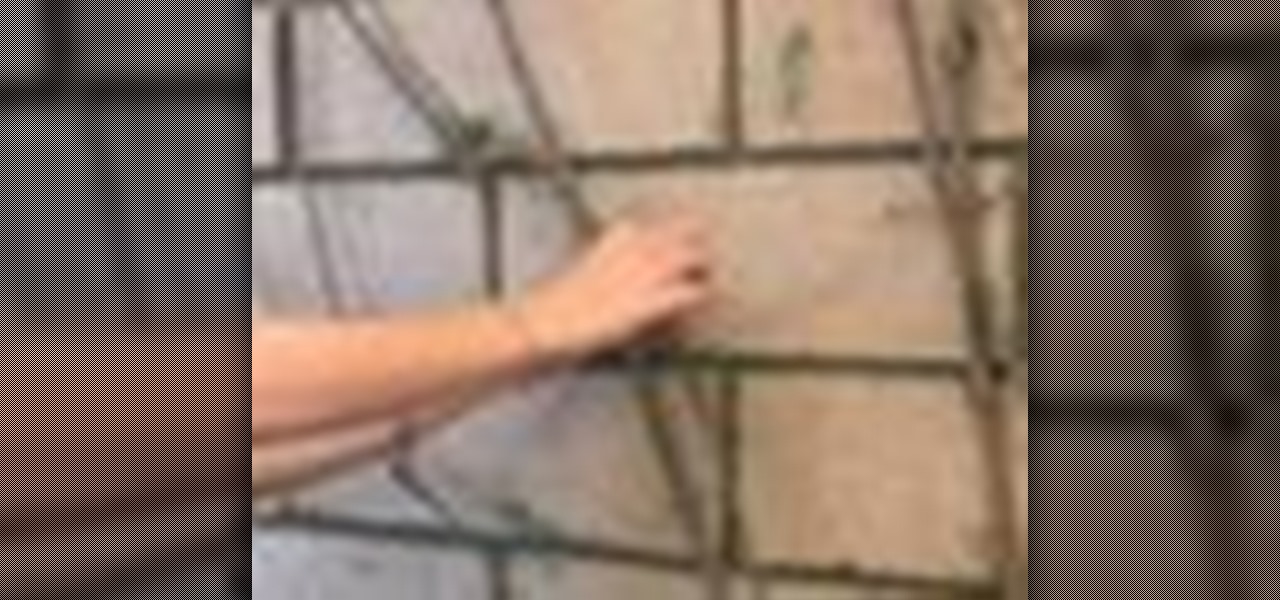
Vines create the perfect look when grown over a trellis, arbor, or arch. You Will Need
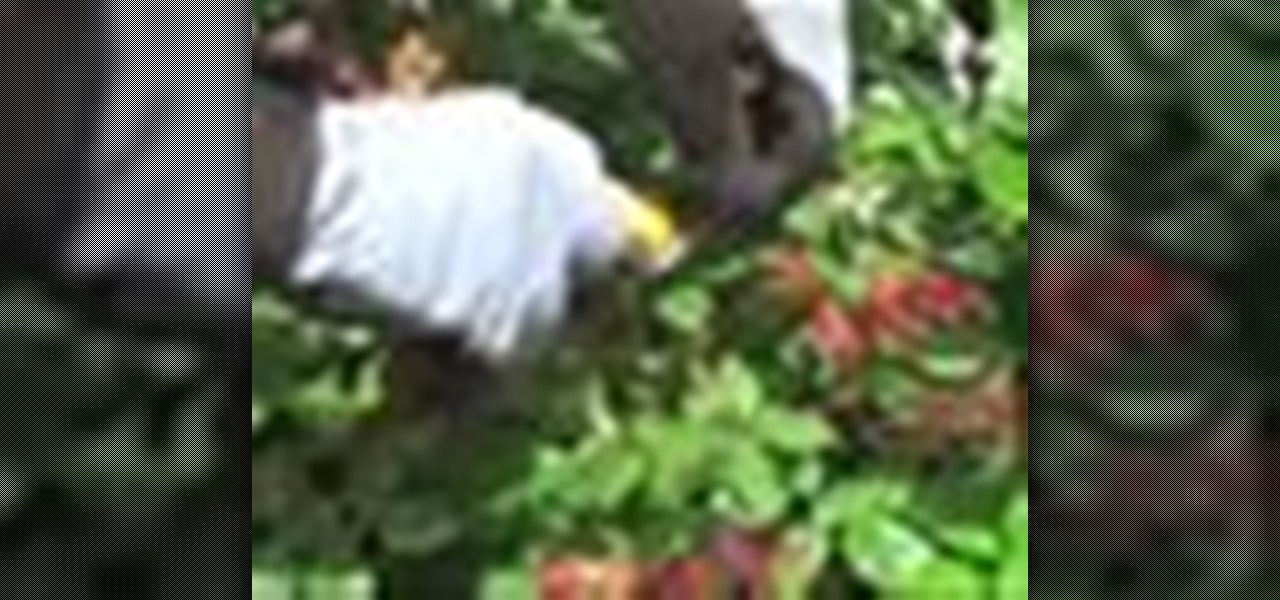
Pruning a rosebush removes old and dead growth, improving the health of the plant and making room for new buds.

When protecting your garden, you can stay green with some environmentally sound solutions. You Will Need
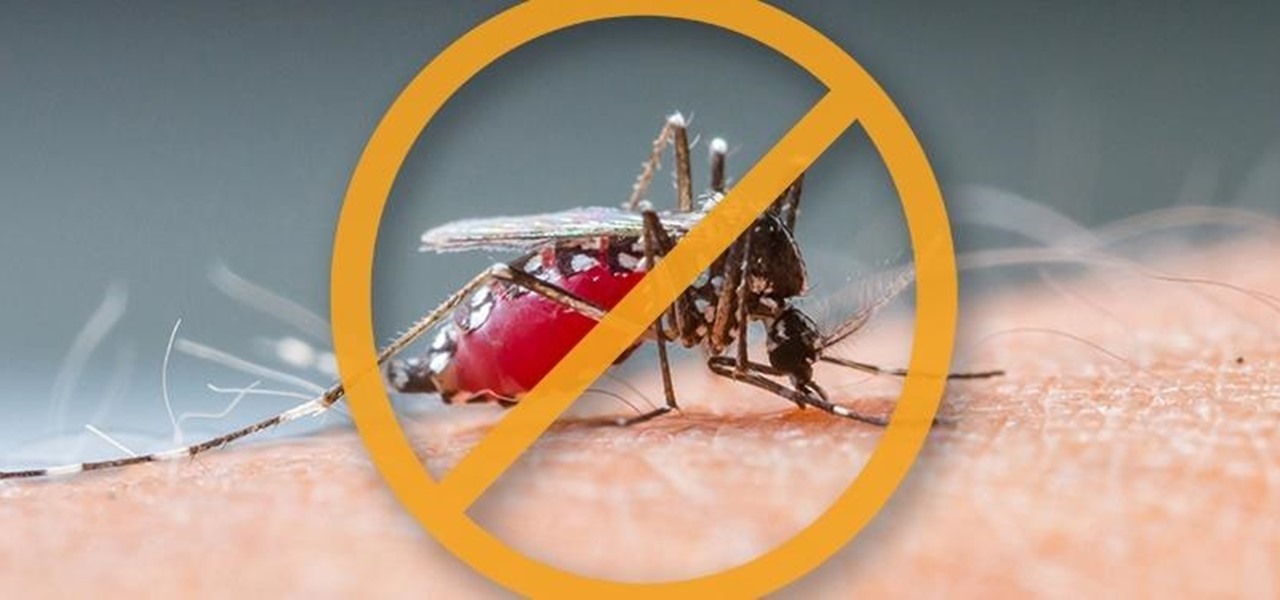
While we've already covered several good ways to tame the itch of a mosquito bite, you're much better off preventing them from biting in the first place than dealing with the itchy aftermath.
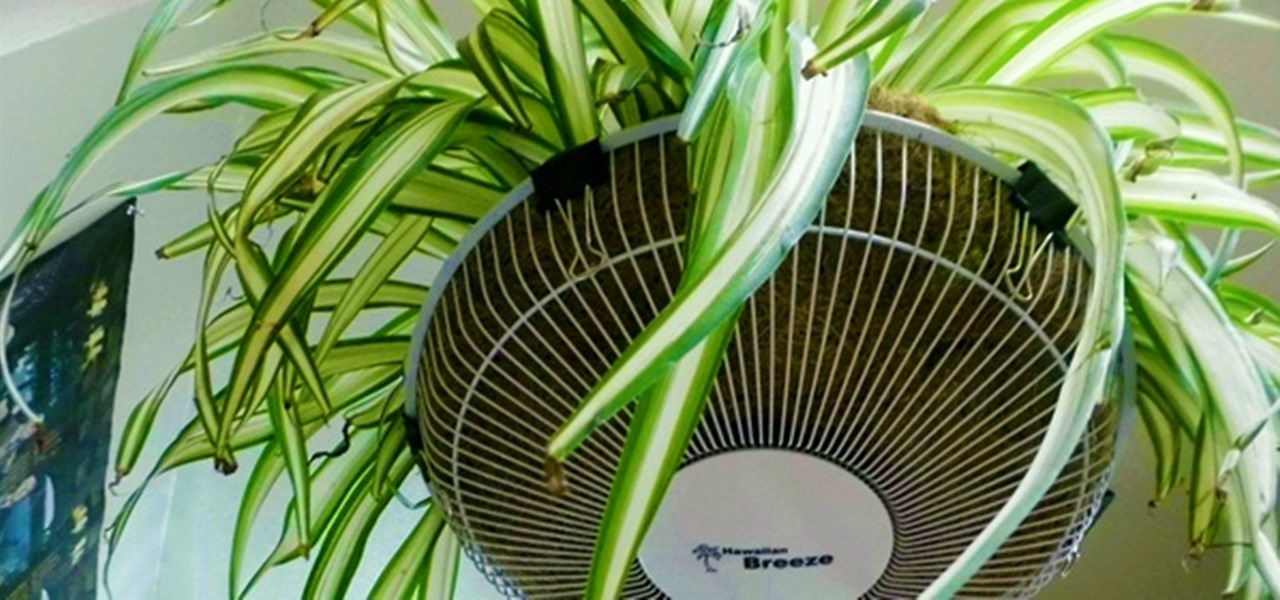
Everybody should have plants in their home. Not only do they give off oxygen, but they add a whole new level of decor and awesomeness to an otherwise drab room. So naturally, if you want to improve a room, just display a few plants.
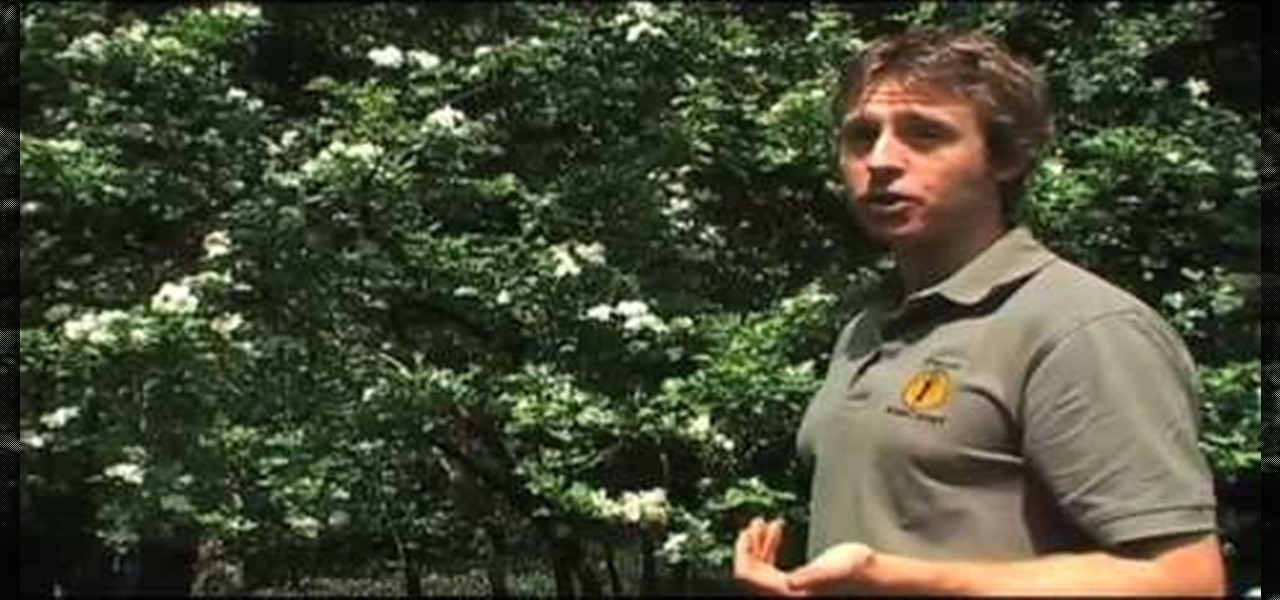
If you were on the hit show "Lost," would you be able to survive? While most of the main castmembers on the show tough it out through learning how to eat the island's vegetation, we know that most of you probably would have no clue as to how to distinguish between a poisonous mushroom and a non-poisonous one, and which plant growths are edible and which aren't.
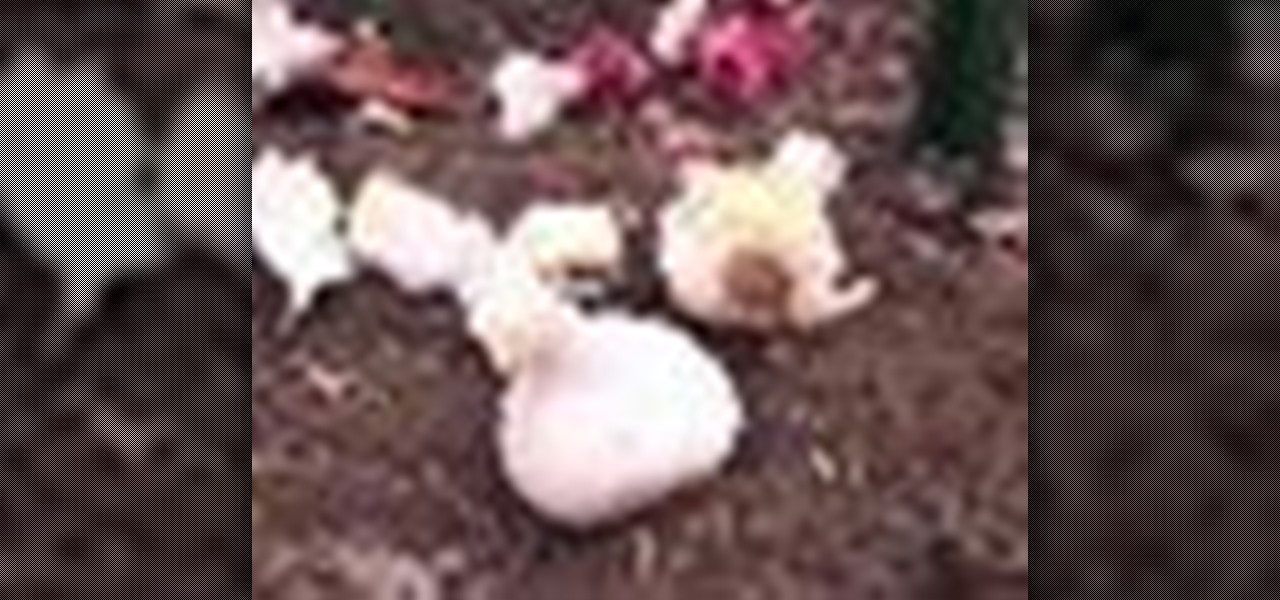
David Epstein provides tips and shows garlic lovers how to plant garlic in their very own garden. It is best to grow garlic in the fall season from the months of September to November when the temperatures are cooler. Some people grow garlic in the spring, but it’s been found that growing garlic in the fall time will give a better crop. To begin, gather some plantable garlic bulbs making sure that you find ones that are either organic or from a seed catalog. At all cost, avoid conventional ...

Weeping willows, globe willows, corkscrew willow, cotton wood are all prone to bores than other diseases. They grow in fertile soil with lots of moisture. Never treat tree chemical. Prune as necessary, take out dead diseased limbs, water and fertilize regular. This ensures the tree lasts longer and that the tree is less attractive to insects. Where tomatoes are concerned to avoid sunburn ensure that they are slightly covered with the folding of the plant. High salt level of water or chemicals...
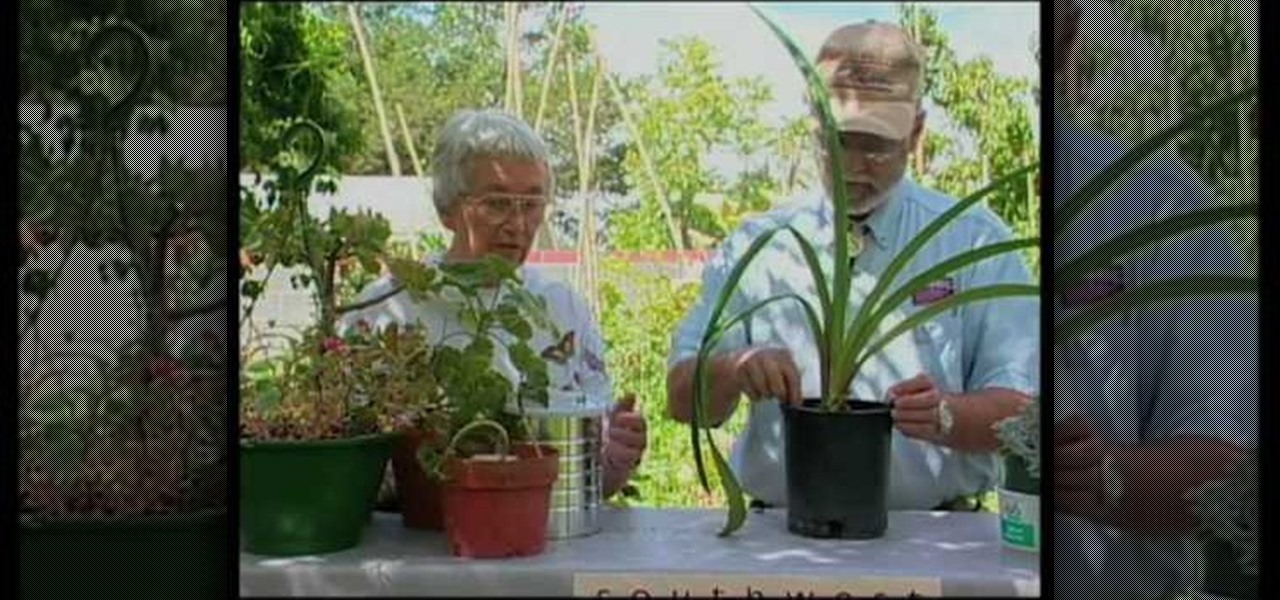
This video shows you how to re-pot your houseplants. When your geraniums have overgrown, cut your clippings. Let the clipping cure: i.e. the wound that you created needs to seal and cure, before planting. Set them aside, in order to allow them to cure. Once that is done, submerge the tip of the fresh clipping in a pot filled with fresh soil. Remember to remove dead leaves.